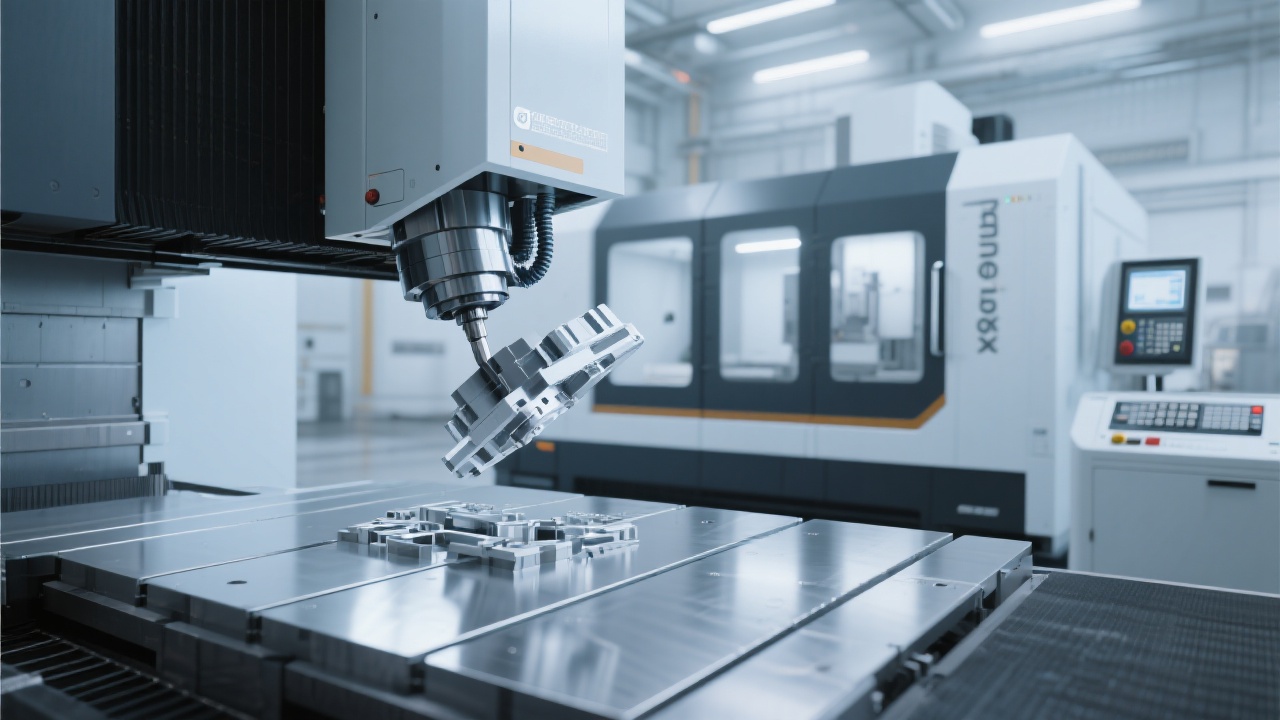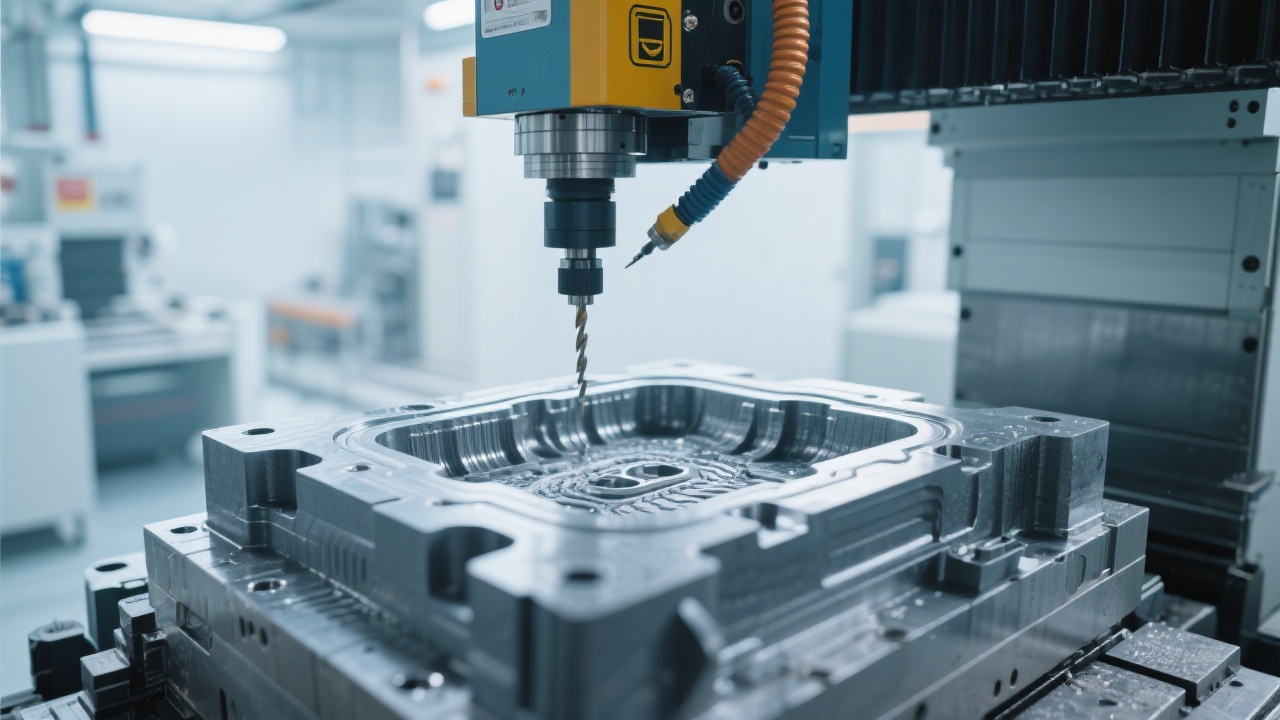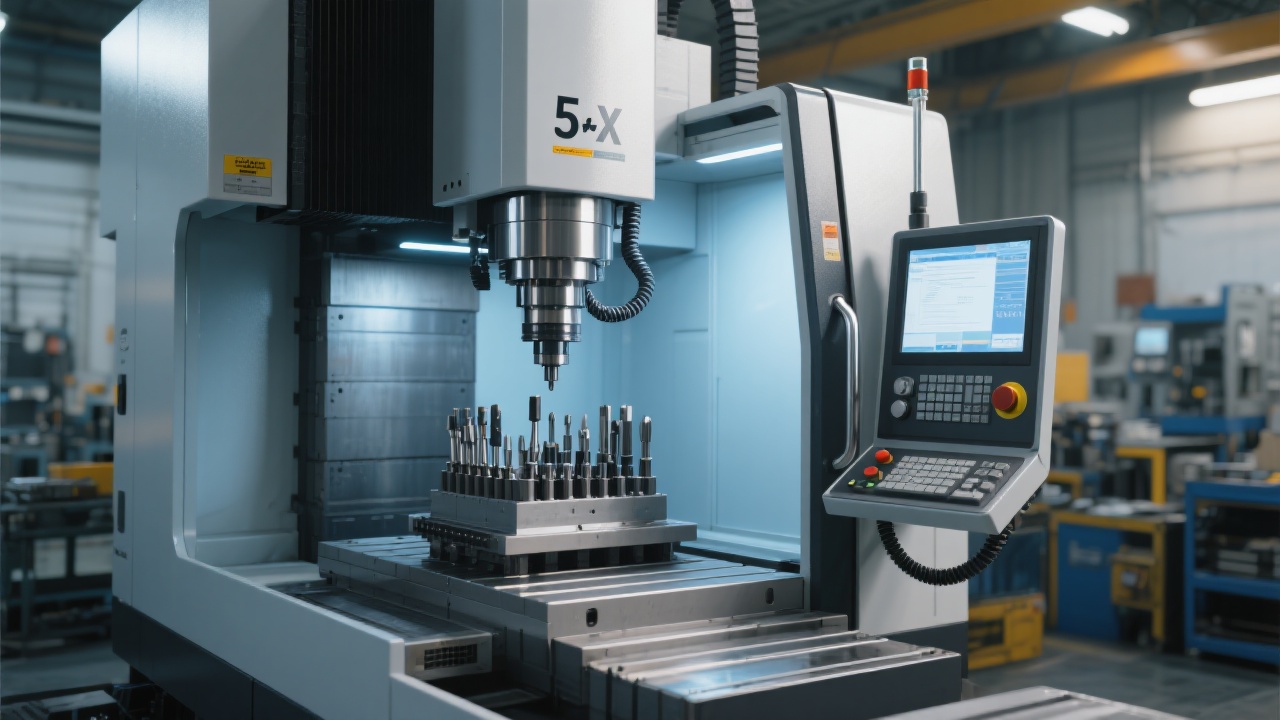
In 2024, the manufacturing industry is witnessing remarkable innovation and development in vacuum technology. This article delves deep into the technical principles and advantages of the fully - sealed hood design and dust suction device, which are key components of modern vacuum technology.

The fully - sealed hood design in vacuum technology for graphite processing plays a crucial role. By creating an airtight environment, it effectively prevents the leakage of graphite dust during the machining process. According to industry research, in traditional non - sealed graphite processing, dust leakage can lead to a decrease in machining accuracy by up to 15%. In contrast, with a fully - sealed hood, the machining accuracy can be maintained at a very high level, typically within a tolerance of ±0.01mm.
The dust suction device is another vital part. It works in tandem with the fully - sealed hood to quickly remove graphite dust generated during processing. High - efficiency dust suction devices can achieve a dust removal rate of over 95%, greatly reducing the accumulation of dust on equipment components. This not only improves the machining quality but also significantly extends the service life of the equipment. For example, in a graphite processing factory, after installing a high - efficiency dust suction device, the maintenance cycle of the processing equipment was extended from 3 months to 6 months, reducing maintenance costs by approximately 30%.
Let's take a look at some real - world application cases. In a high - precision graphite manufacturing company, the adoption of a dry vacuum graphite processing center DC6060G with a fully - sealed design has brought significant improvements. Before using this equipment, the product rejection rate due to machining errors was around 8%. After implementation, the rejection rate dropped to less than 1%. Moreover, the service life of the equipment, which was originally expected to be 5 years, is now estimated to reach 7 years, thanks to the protection provided by the fully - sealed design and the dust suction device.

Intelligent manufacturing technology is revolutionizing vacuum processing equipment. Through real - time monitoring systems, manufacturers can keep track of various parameters of the equipment, such as temperature, pressure, and power consumption. For instance, a deviation in temperature of more than 5°C can be detected immediately, allowing operators to take preventive measures before any major problems occur. Automatic fault diagnosis is another key feature. By analyzing sensor data, the system can identify potential faults and provide early warnings. In a large - scale manufacturing plant, the implementation of intelligent vacuum processing equipment has reduced unplanned downtime by 40%, improving overall production efficiency.
To enhance user understanding and interaction, this article uses a variety of content forms, including text, images, videos, and technical whitepapers. These diverse forms make it easier for users to grasp complex technical information. Additionally, an online Q&A session and technical seminars are planned to encourage audience participation. Users can share their experiences and raise questions, and the feedback collected will be used to optimize future content strategies.

Key SEO keywords such as "manufacturing vacuum technology", "graphite processing vacuum equipment", "intelligent vacuum processing center" are strategically placed throughout the article. This helps to improve the search exposure rate and content authority in the industry. The content is also regularly updated to keep up with the latest industry trends, ensuring its timeliness and forward - looking nature.
Are you interested in learning more about how vacuum technology can transform your manufacturing processes? Click here to explore our advanced graphite processing vacuum equipment and intelligent vacuum processing centers.

